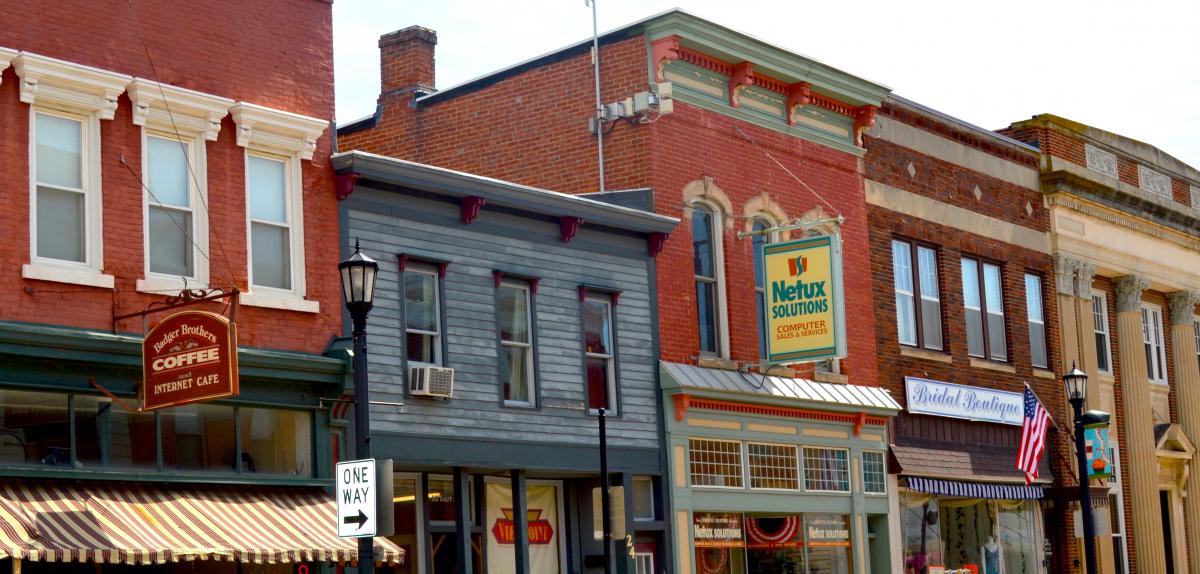The uneven recovery of Milwaukee’s economy since the COVID-19 pandemic began
Over the past 27 months, the U.S. economy underwent incredible shifts. The shutdown beginning in March 2020 in response to the COVID-19 pandemic was the swiftest and most deliberate slowdown of economic activity on record. In response, the federal government issued an unprecedented level of fiscal stimulus. Thus far, about $6 trillion has been disbursed through legislative or administrative action. This comes on top of nearly $5 trillion of federal reserve stimulus.
Despite initial concerns of a lengthy recession, the economic recovery began swiftly. Officially, the 2020 recession is the shortest in American history. That said, the recovery has been uneven. In much of the country, unemployment rates remain higher now than in 2019.
In an effort to sort through Milwaukee’s experience of both the shutdown and the recovery, Mike Gousha and I have a new article out today in the Milwaukee Journal Sentinel, as part of our Milwaukee Area Project and the Lubar Center’s long running collaboration with the newspaper. It is accompanied by another article by business reporter Corri Hess.
As you might imagine, a great deal more research went into this project than appears in the final article. I’ve written a longer report, “Milwaukee’s economy during the pandemic: Fewer jobs, more businesses,” which can be downloaded here. (Open the HTML document with the web browser of your choice). The report contains detailed tables and analysis using federal, state, and local datasets to explore changes to Milwaukee’s businesses and employees over the past several years.
The picture that emerges defies a simple summary. Some parts of the economy are doing well. Many sectors have seen a net increase in new businesses compared to before the pandemic. But most industries (with a few notable exceptions) still employ fewer people than in 2019. Despite the national narrative of a tight labor market, the Bureau of Labor Statistics still estimates the city of Milwaukee’s unemployment rate to be higher than at this time three years ago. At the same time, the size of the fiscal stimulus delivered in cash to Milwaukeeans is remarkable–outstripping the loss in total wages paid by Milwaukee employers during 2020 several times over.
For the most part, stimulus programs are finished, and concerns over inflation have taken center stage. Still, the best statistics available show more unemployed people in Milwaukee currently than in 2019. As federal policymakers shift their focus from stimulus to inflation-fighting, the effect on Milwaukee’s economy is hard to predict. In some important ways, the recovery is still incomplete.

